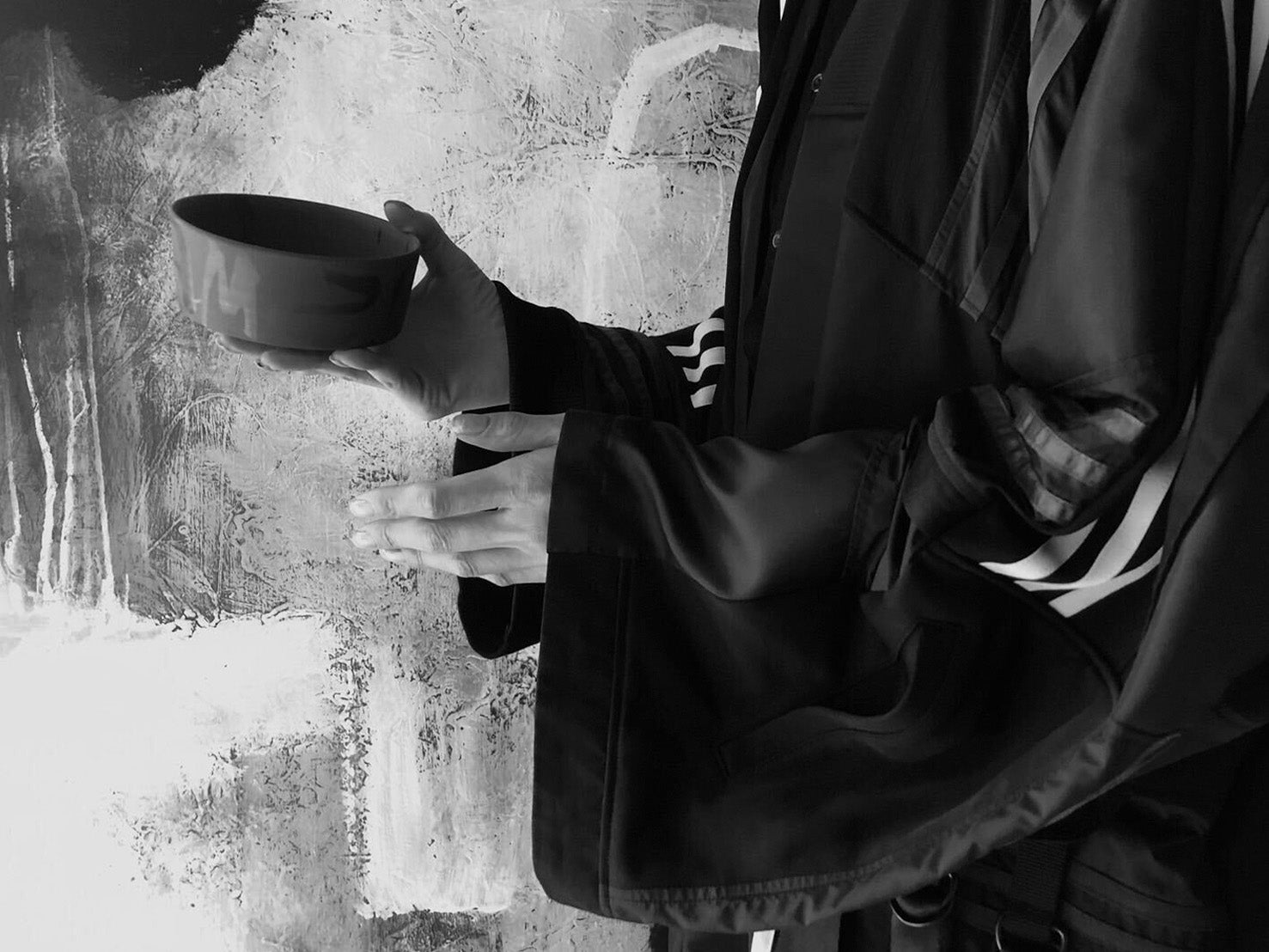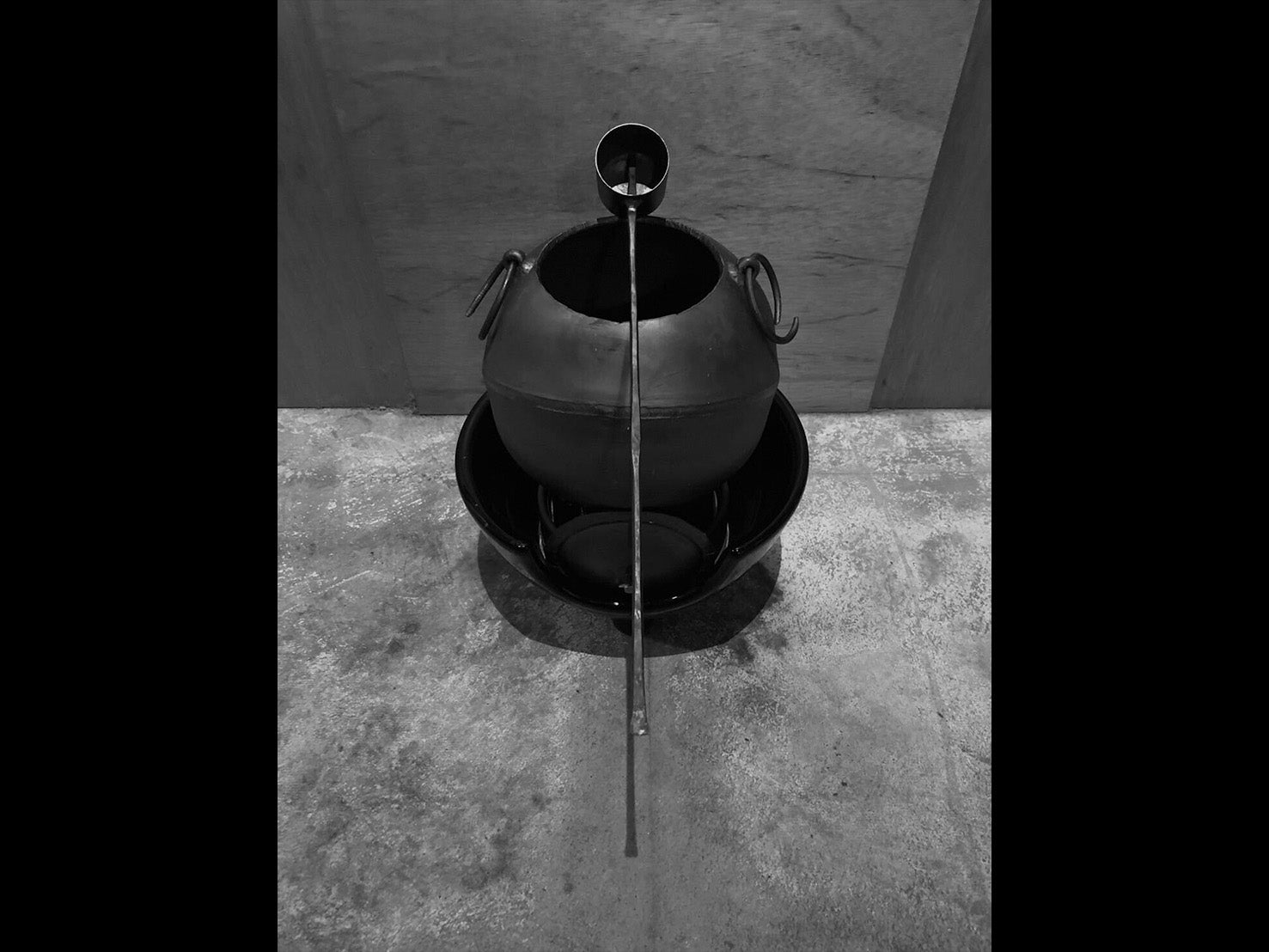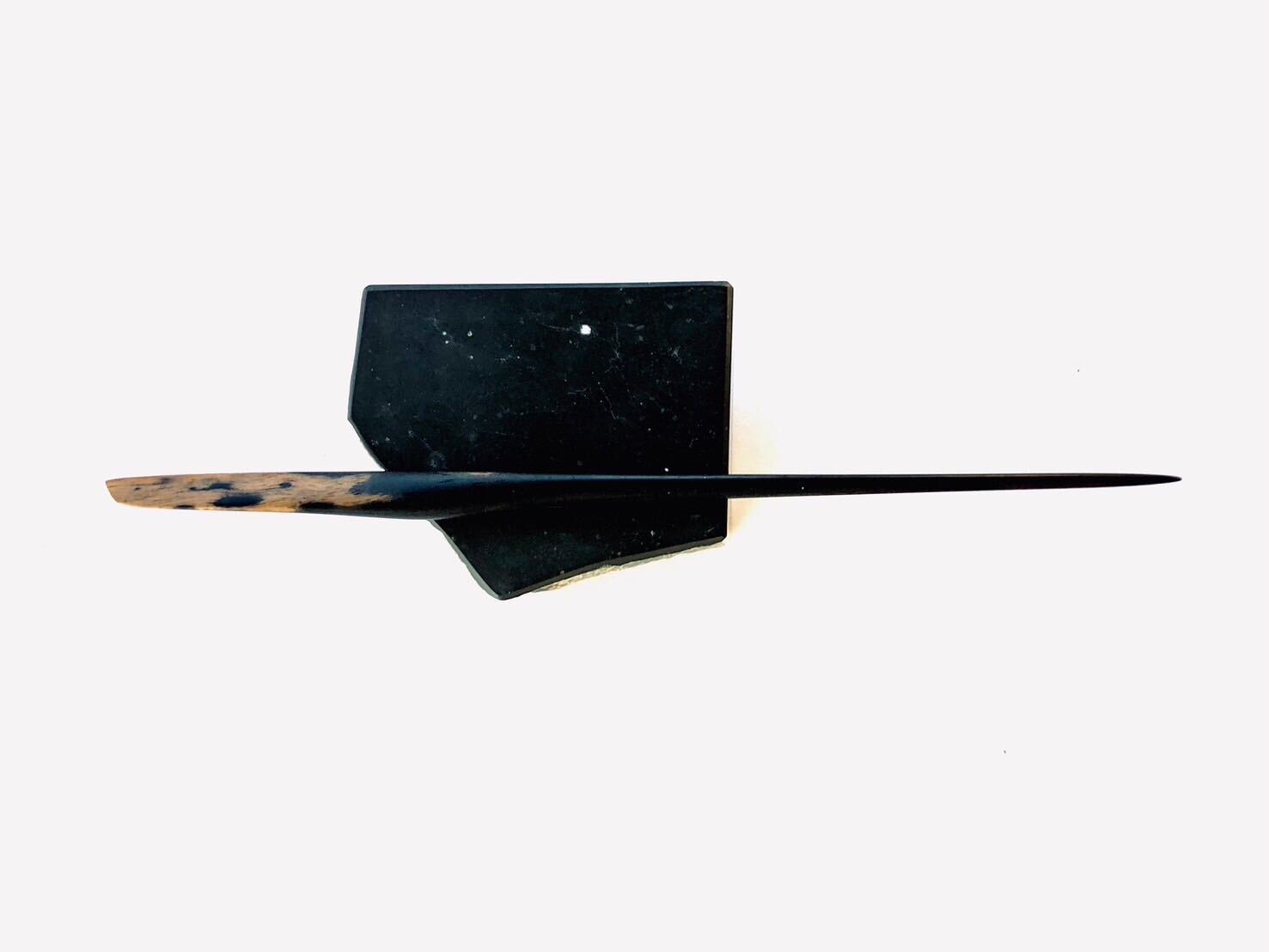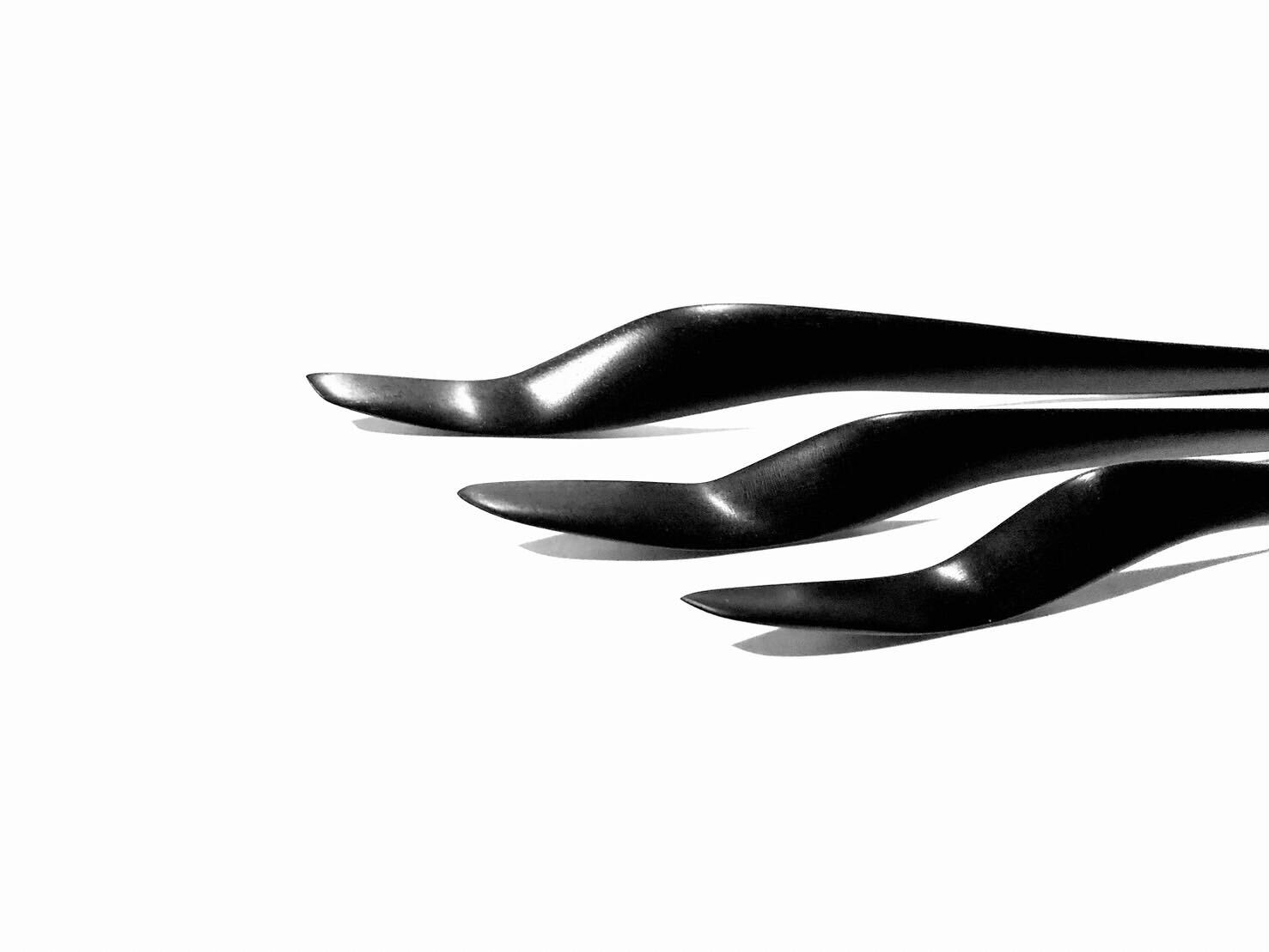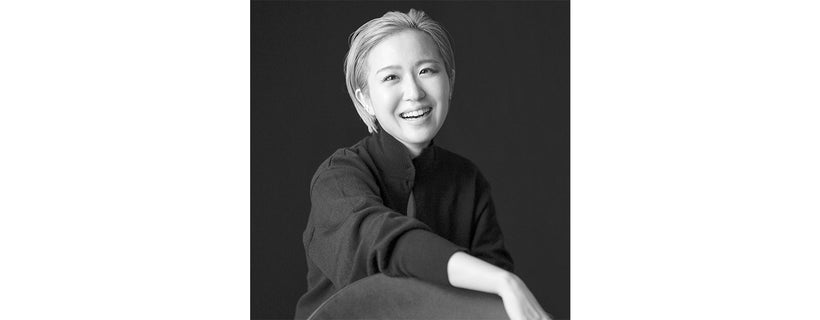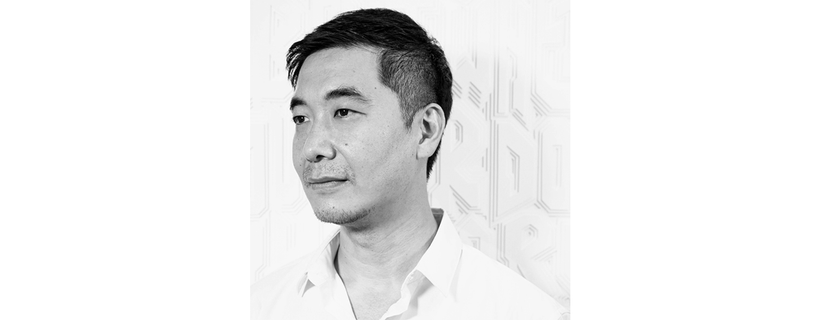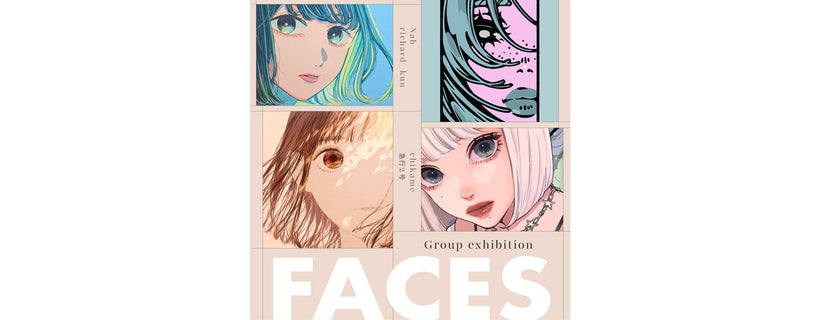ARTIST INTERVIEW
Contemporary artists and artisans who inherit traditional Japanese culture reconstruct the tea ceremony. The exhibition "KUROism - The world of tea ceremony as seen by contemporary artists" updates traditional culture and asks us what art means to us. We spoke to EDO (EDO and YUMEKA), the curator of the exhibition.
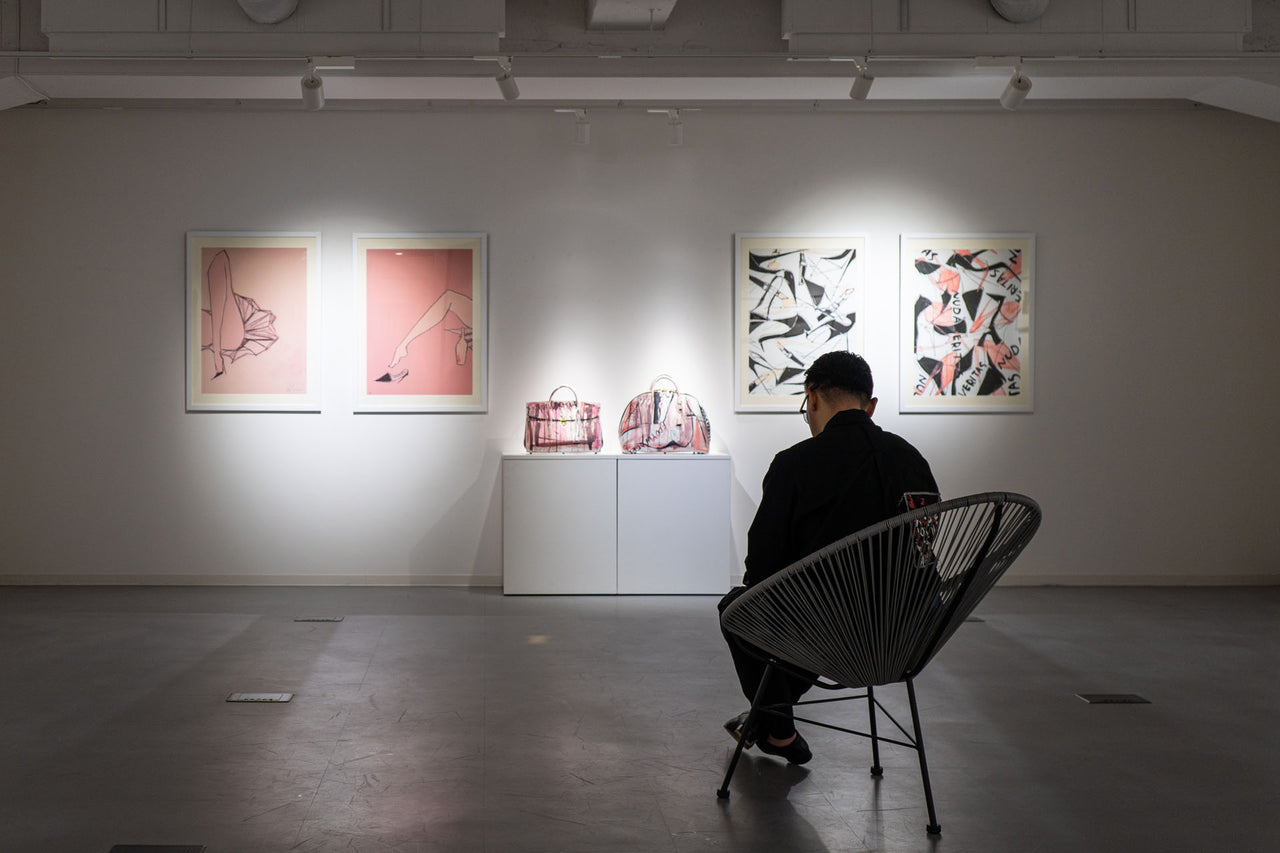
2023年4月1日(土)〜4月6日(木)の期間に開催された個展「NUDAVERITAS feat.SUSIESVELT」の様子
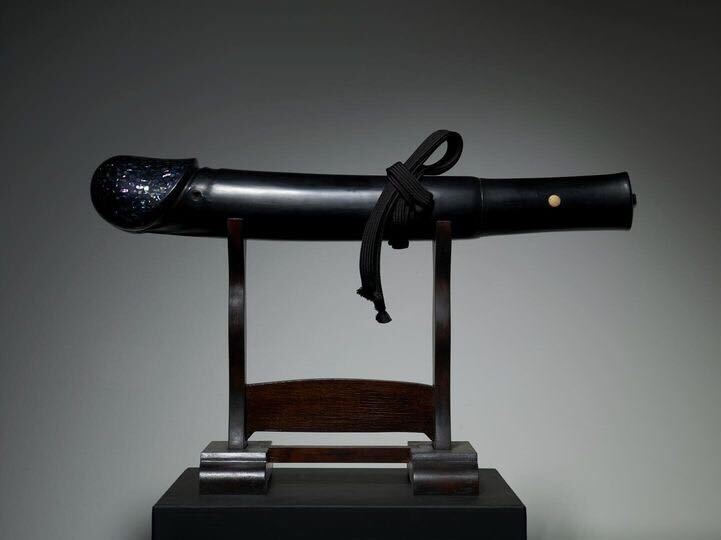
KENICHI ASANO
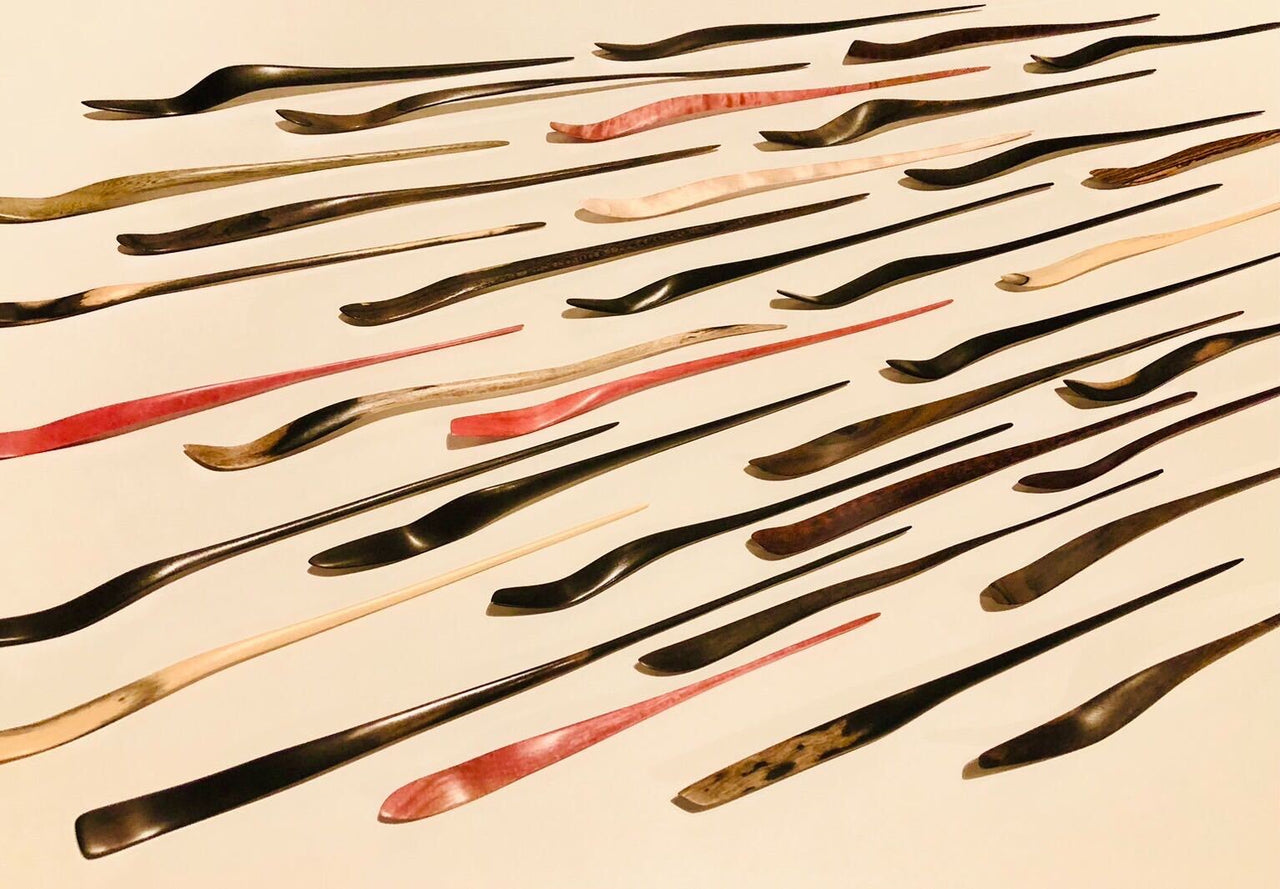
EDO AND YUMEKA “茶杓”
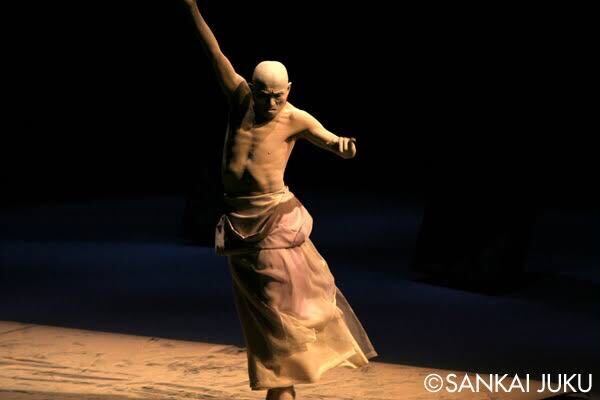
山海塾『時のなかの時―とき』©︎Sankai Juku
ABOUT ARTIST
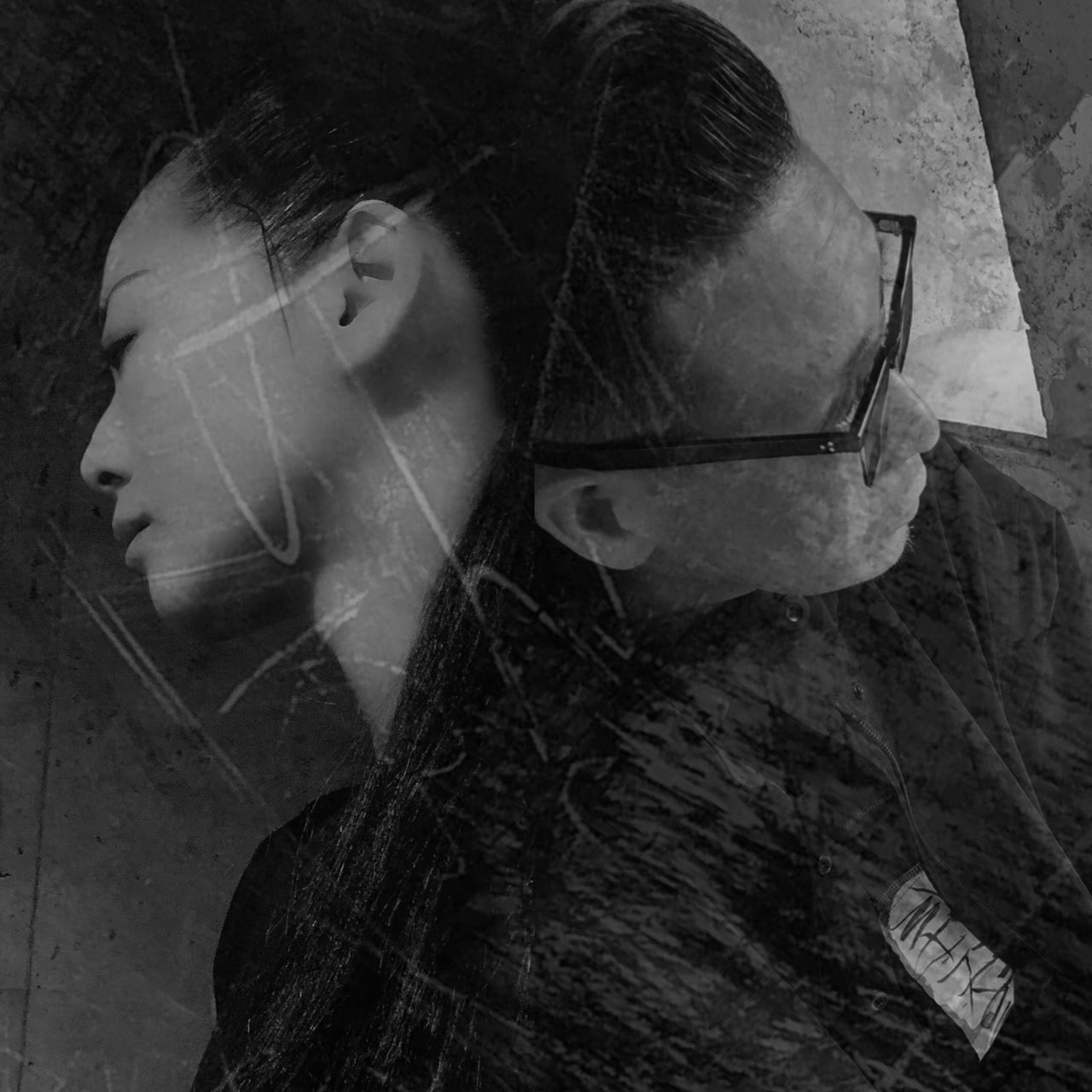
EDO and YUMEKA
Ed and Yumeka: An art unit consisting of EDO, who has been involved in live painting and jewelry design in the underground culture, and YUMEKA, a painter who creates various paintings such as oil paintings based on Japanese painting, which he learned on his own since his teens. In addition to painting, they are involved in a wide range of activities such as product production and spatial design for tea ceremony. Solo exhibitions include "SESSION" at ASPLUND/BAROOM/JMT CAFE in Tokyo, "BACKSTAGE" at Cafe CEREZA in Aichi (all in 2022), and "NUDAVERITAS" at YUGEN Gallery in Tokyo (2023).
ABOUT EXHIBITION
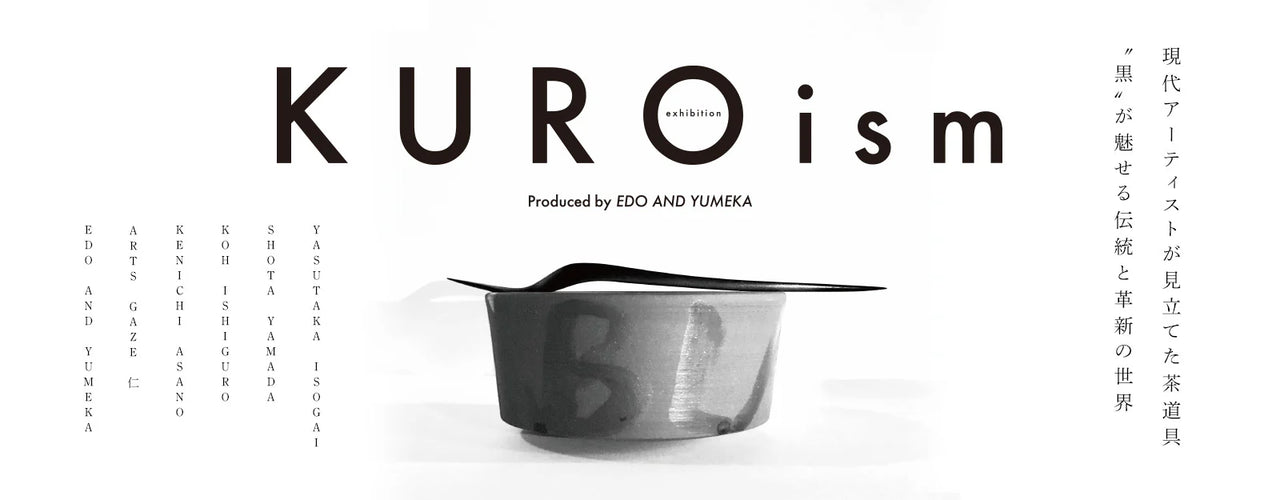
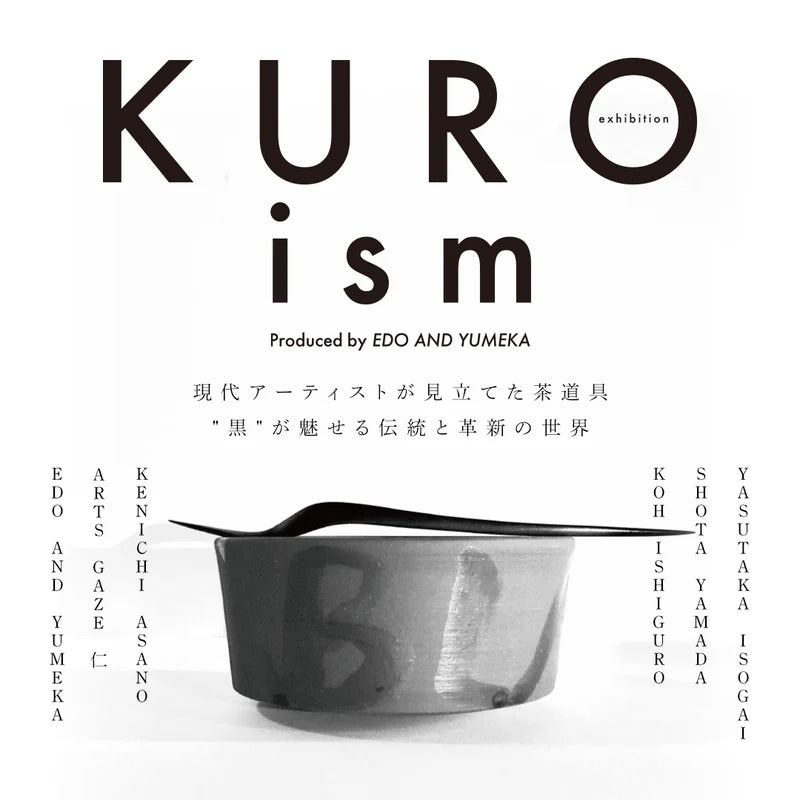
Exhibition
KUROism - The world of tea ceremony as seen by contemporary artists -
Venue
YUGEN Gallery
KD Minami Aoyama Building 4F, 3-1-31 Minamiaoyama, Minato-ku, Tokyo
Dates
Opening Hours
Weekdays: 13:00-19:00
Weekends and holidays: 13:00-20:00
*Ends at 17:00 on the final day only
Closed Days
None
Date of presence
Admission Fee
free
Notes

